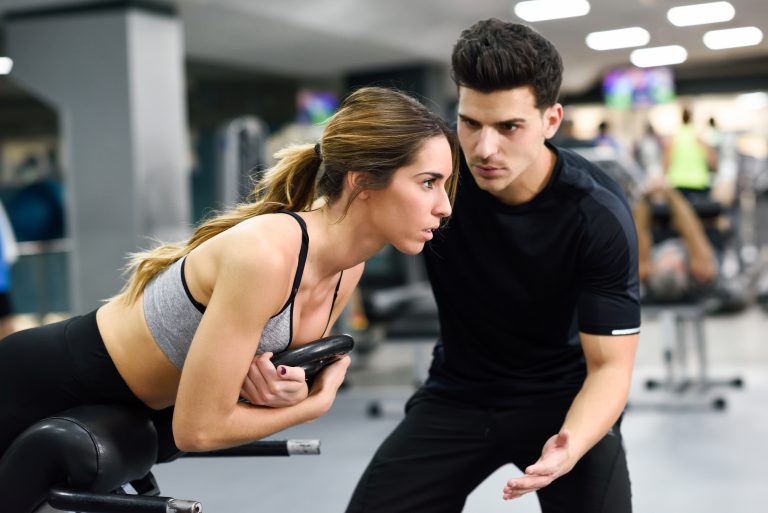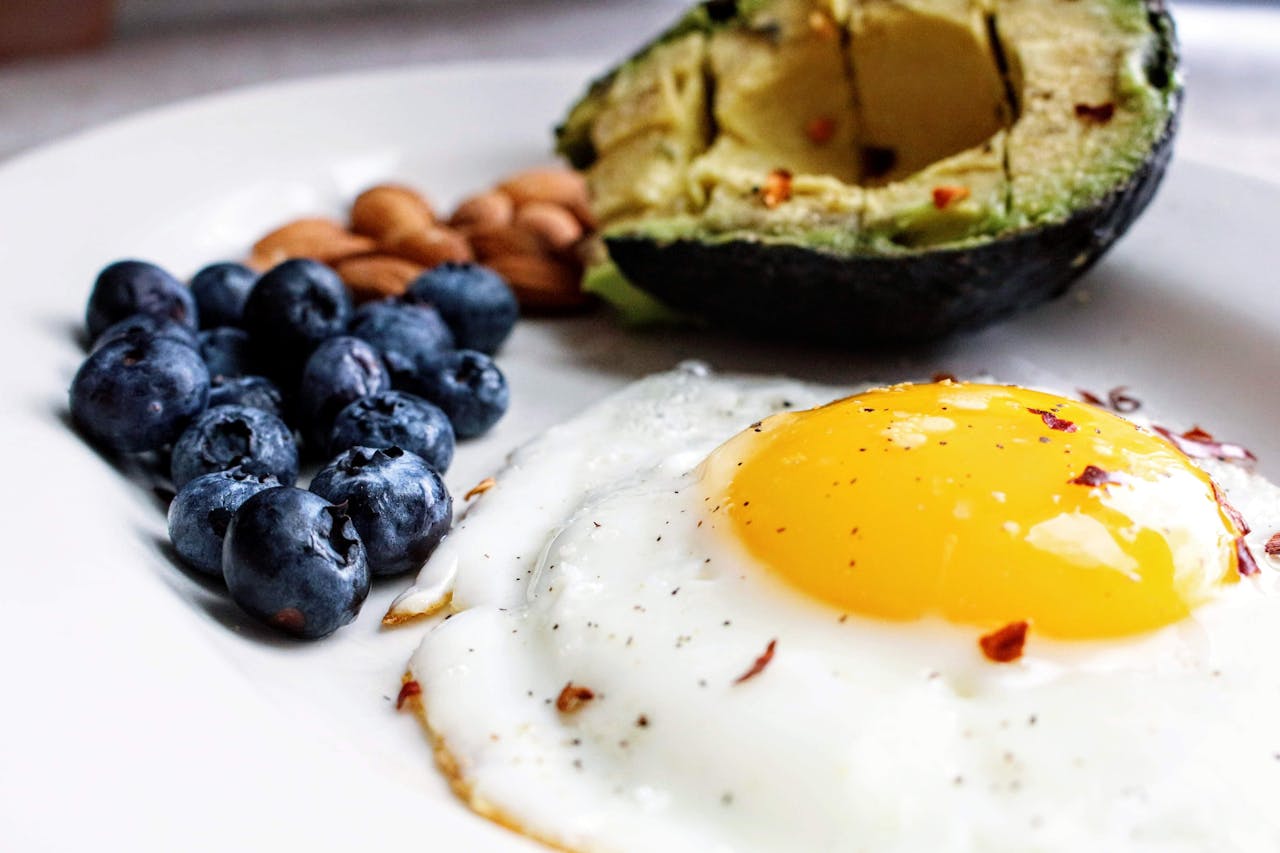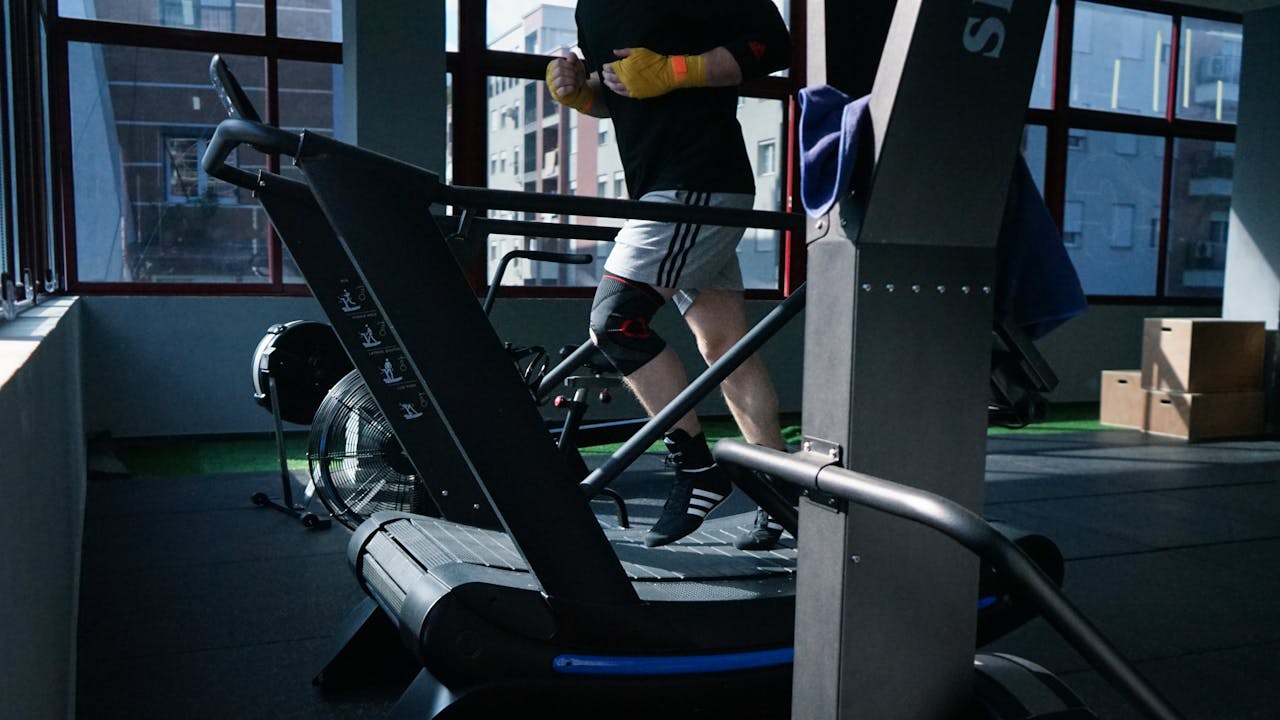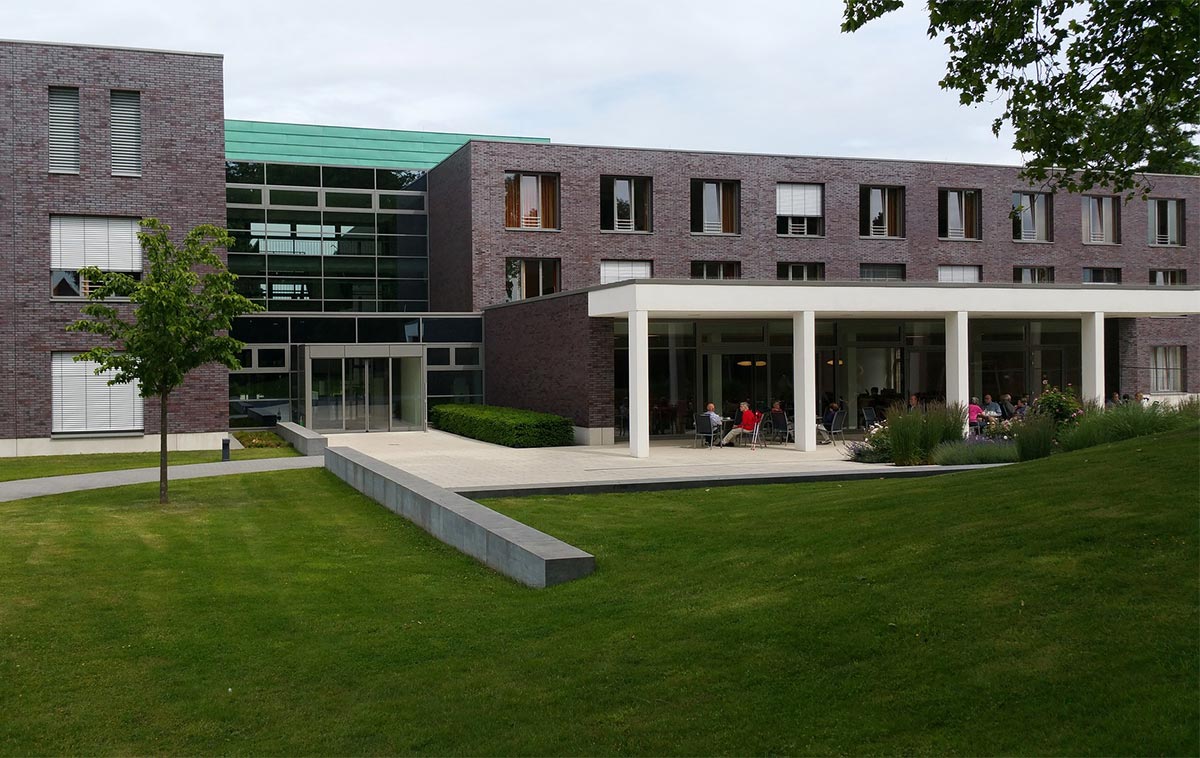The Cult of Size over Sense
Walk into any American gym and you're greeted by a symphony of grunts, clanging metal, and egos flexing harder than the actual muscles. Rows of machines are occupied by individuals chasing the illusion of fitness—massive shoulders, pumped chests, and veins that could scare a cardiologist—while ignoring every principle that makes strength training more than a peacock parade. It's not that Americans don’t train hard—they do. But training hard without training smart is like driving a Ferrari off-road. Impressive at first glance, but inevitably self-destructive.
Bro Science: America's Favorite Pre-Workout
In too many U.S. gyms, knowledge takes a back seat to locker room myths. Want bigger arms? Curl until your tendons snap. Want abs? Do a thousand crunches after each pizza binge. Want to lose fat? Just wear a sweat vest and "detox." This is the gospel of Bro Science, passed from lifter to lifter like some sweaty, anabolic scripture. The problem? Most of it is wrong. Hypertrophy isn’t about how loud you grunt or how red your face turns—it’s about mechanical tension, metabolic stress, and muscle damage strategically applied through progressive overload and periodization1.
The Science of Getting Actually Strong
Real strength training is built on boring, unsexy truths. Muscle growth doesn’t come from annihilation—it comes from calculated stimulation followed by real recovery. That means controlling tempo, varying reps intelligently, and eating like your mitochondria pay rent. Central to this process is periodization across a macrocycle: strength, hypertrophy, and deload phases that ebb and flow over months—not just days—designed to prevent stagnation and burnout.
One often neglected but powerful component? Eccentric training. Slowing down the lowering phase of movements like squats, presses, or Romanian deadlifts increases time under tension and induces greater muscle fiber damage—precisely the kind that triggers measurable hypertrophy and tendon adaptation
1. Research shows that compound lifts—like squats, deadlifts, and overhead presses—stimulate far more hypertrophy and neuromuscular coordination than hours of isolated pump work
2. Yet many gym-goers in the States still skip leg day religiously, focusing on chest and biceps like they’re auditioning for a sleeveless calendar.
The Glorification of Exhaustion
In America, if you're not collapsing in a puddle of your own sweat, was it even a workout? The obsession with maximum effort has created a generation of overtrained, under-recovered gym zombies. Science, however, has a different story: hypertrophy and strength depend on recovery almost as much as the training itself3. Sleep, protein synthesis, and active rest aren't optional—they're mandatory. But try telling that to someone who thinks taking a rest day is “going soft.”
Supplements Before Fundamentals
American supplement culture is a beast. Creatine? Good. Protein? Sure. But why stop there when you can take seven pre-workouts, BCAAs, L-citrulline, fat burners, and beetroot powder in one shaker? The industry thrives on confusion. Most lifters can’t explain what progressive overload means, but they know exactly when their favorite influencer drops a new "limited edition" pre. Meanwhile, consistent programming, compound lifts, and eating enough whole foods are still the boring, effective staples4.
From Vanity to Functionality: A Hopeful Shift?
Not all is lost. A new wave of lifters is emerging—ones who actually read studies, who value form over flex, and who understand that longevity matters more than the next mirror selfie. Functional fitness, mobility, and periodized programming are finally sneaking into mainstream U.S. gym culture. The question is whether this evolution will outpace the TikTok-ification of training, or whether America will remain the land of large lats and small training IQs.
Big Muscles Need Big Minds
If America wants to keep its gym culture alive without turning it into a parody of itself, it’s time to elevate education alongside elevation. More muscle, yes—but not at the expense of intelligence, longevity, or basic biomechanics. After all, it’s not your biceps that’ll save you from injury, fatigue, or plateau—it’s your brain.













